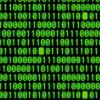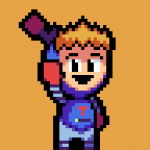Starting Project - Sonic Fan Game Development Kit
-
Similar Content
-
- 0 replies
- 565 views
-
- 0 replies
- 441 views
-
- 117 replies
- 9,917 views
-
Sonic MAX - Open-Source GMS Engine 1 2
- Game Maker Studio
- Open source
- (and 3 more)
- 33 replies
- 2,641 views
-
- 7 replies
- 523 views
-
-
Recently Browsing 0 members
- No registered users viewing this page.





Recommended Posts